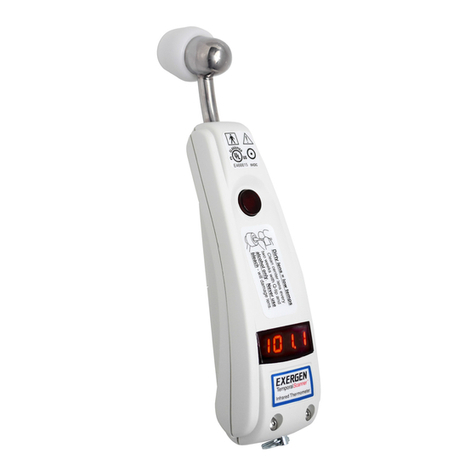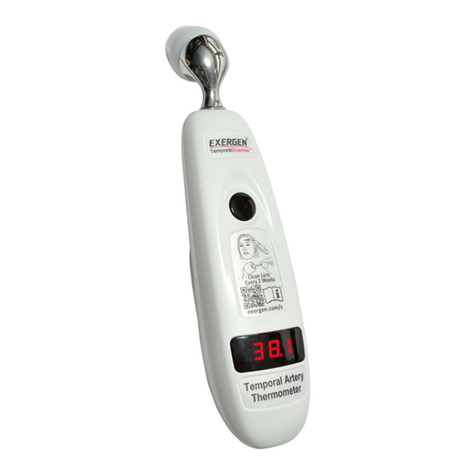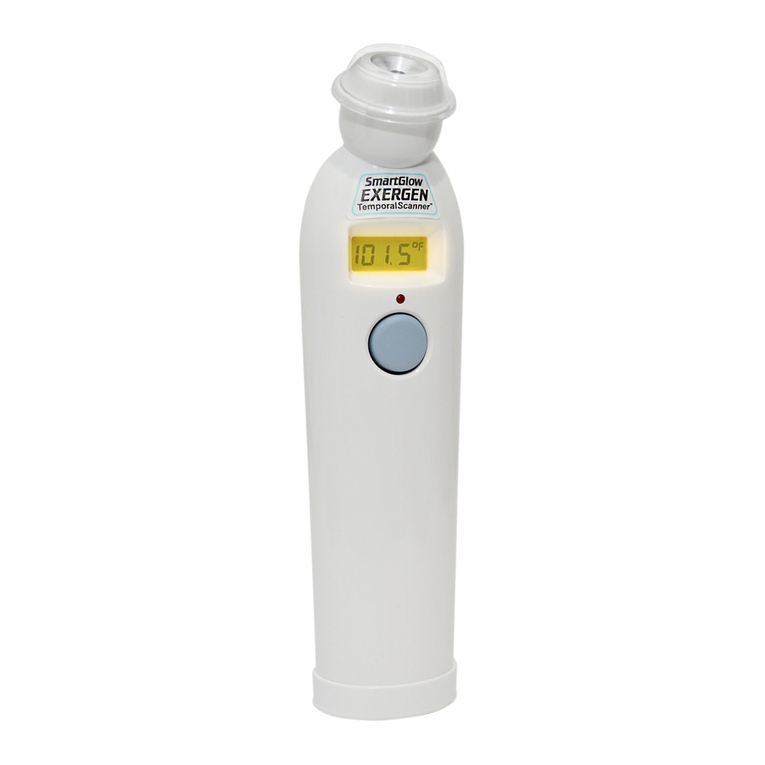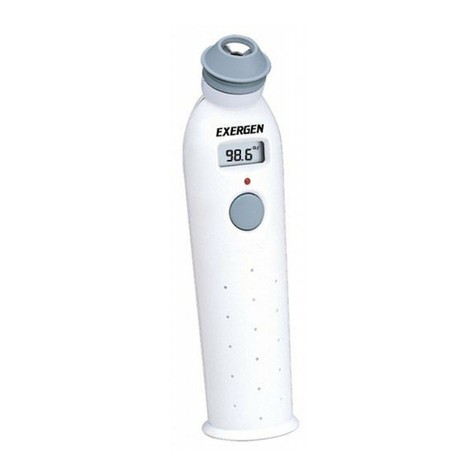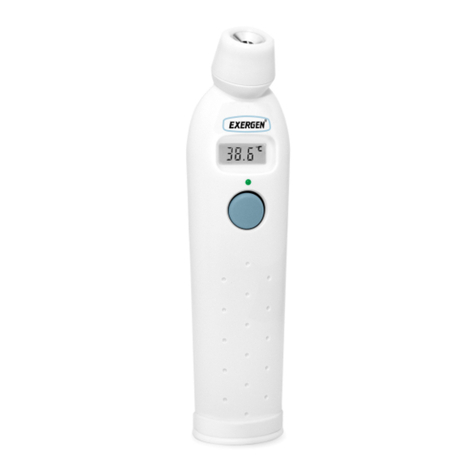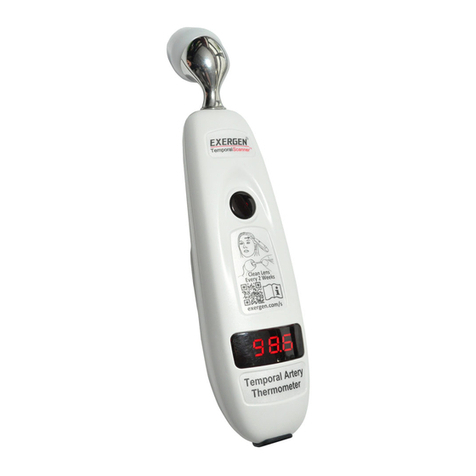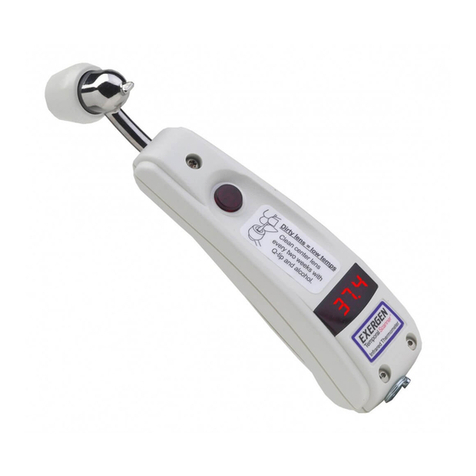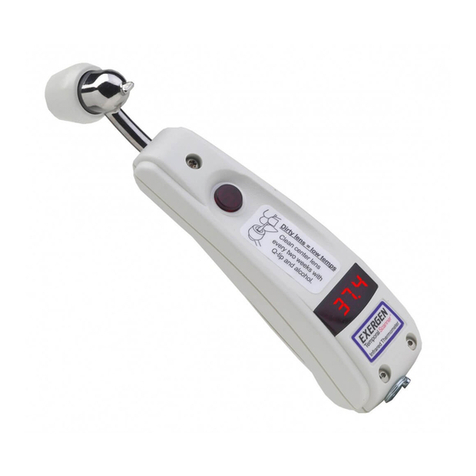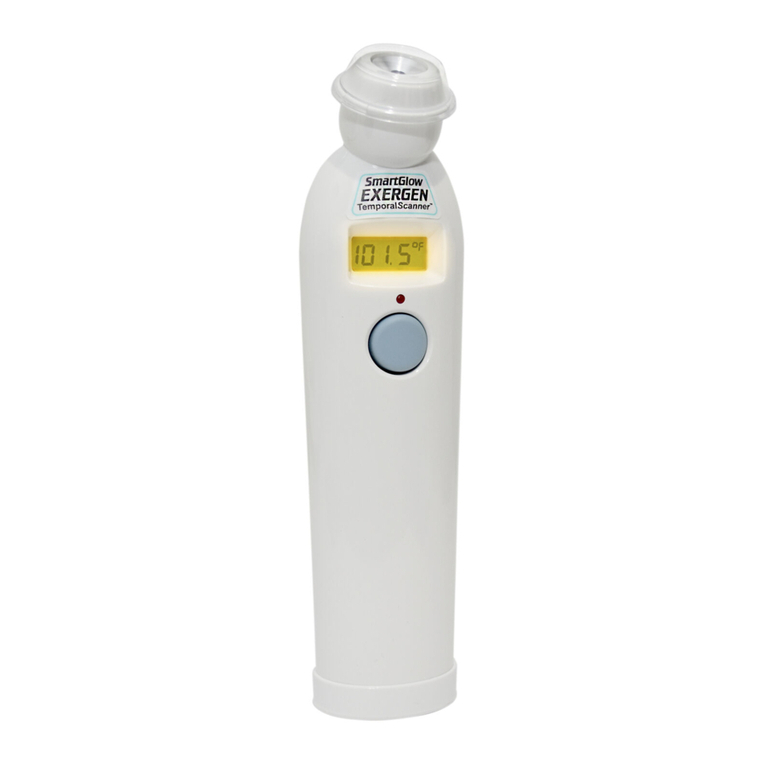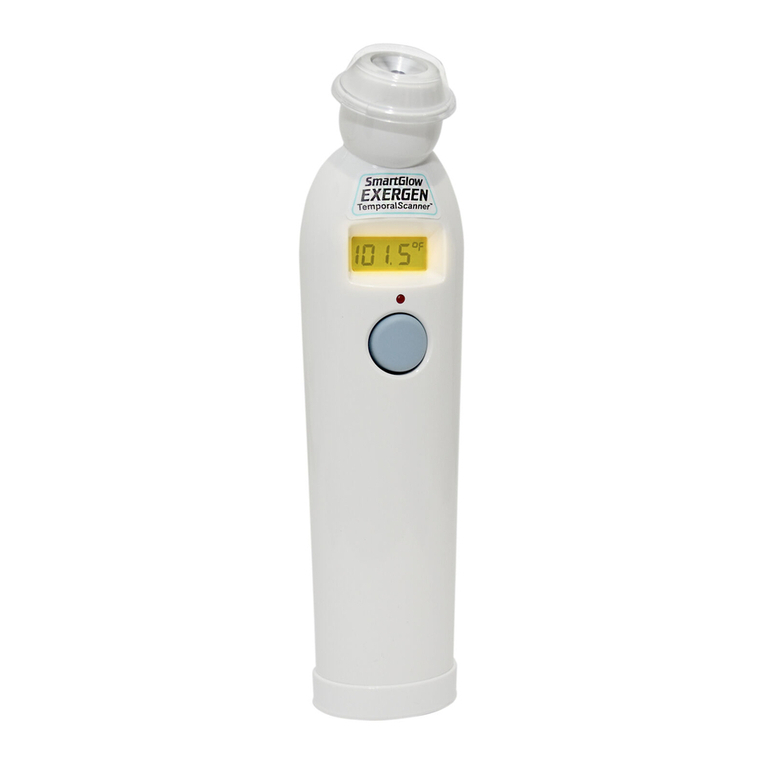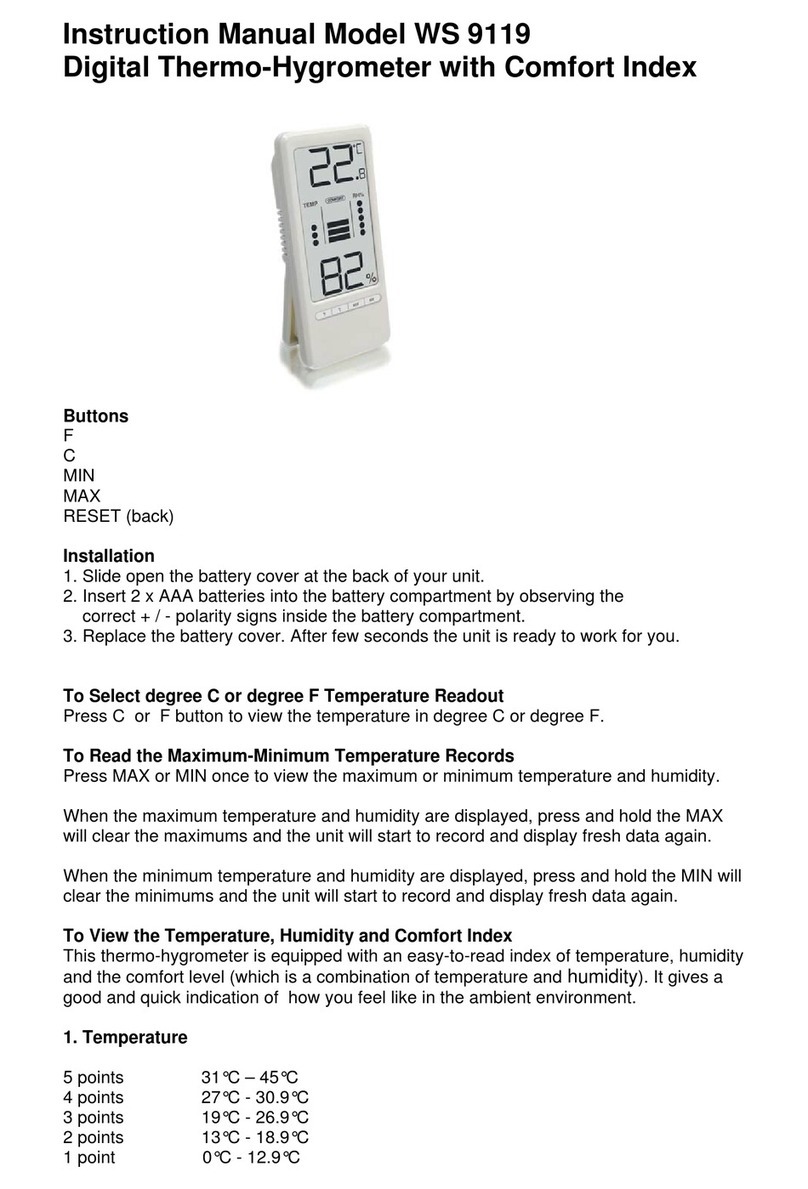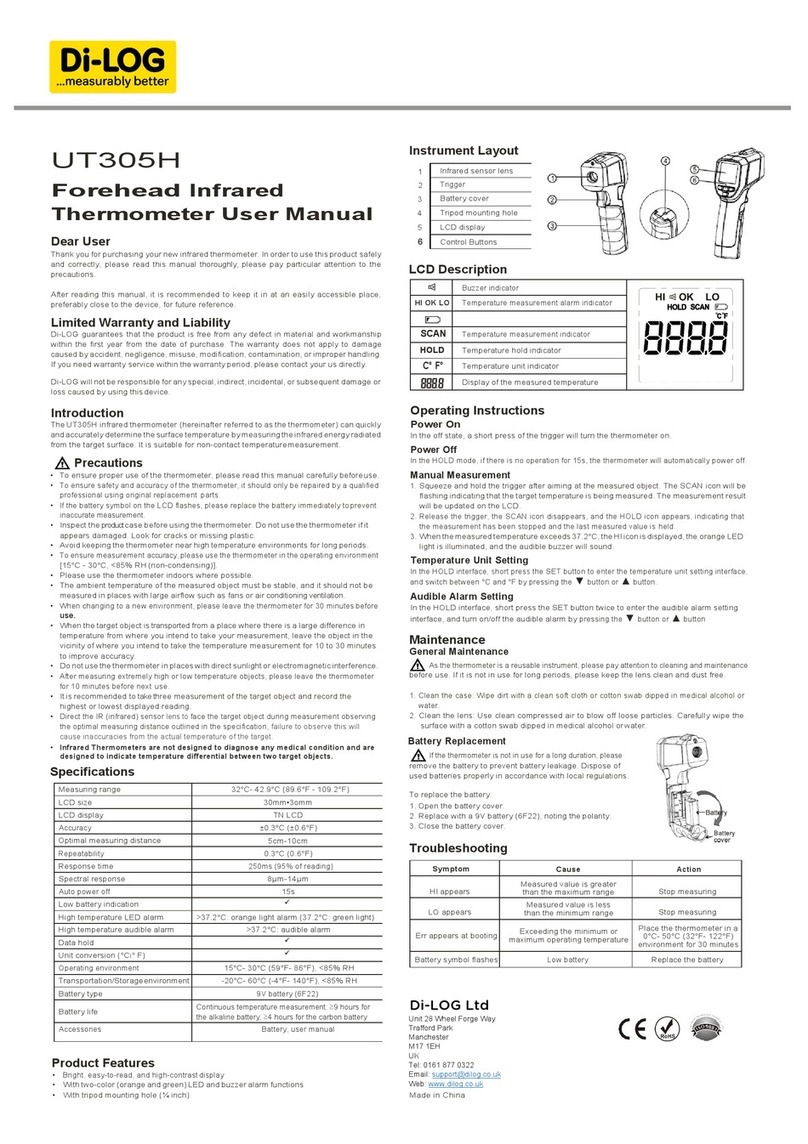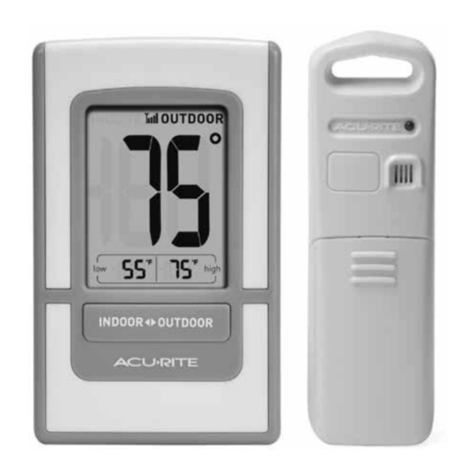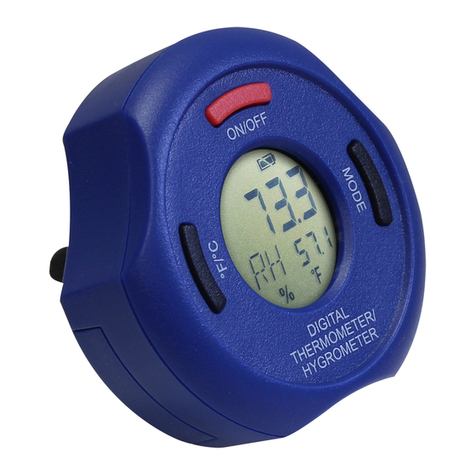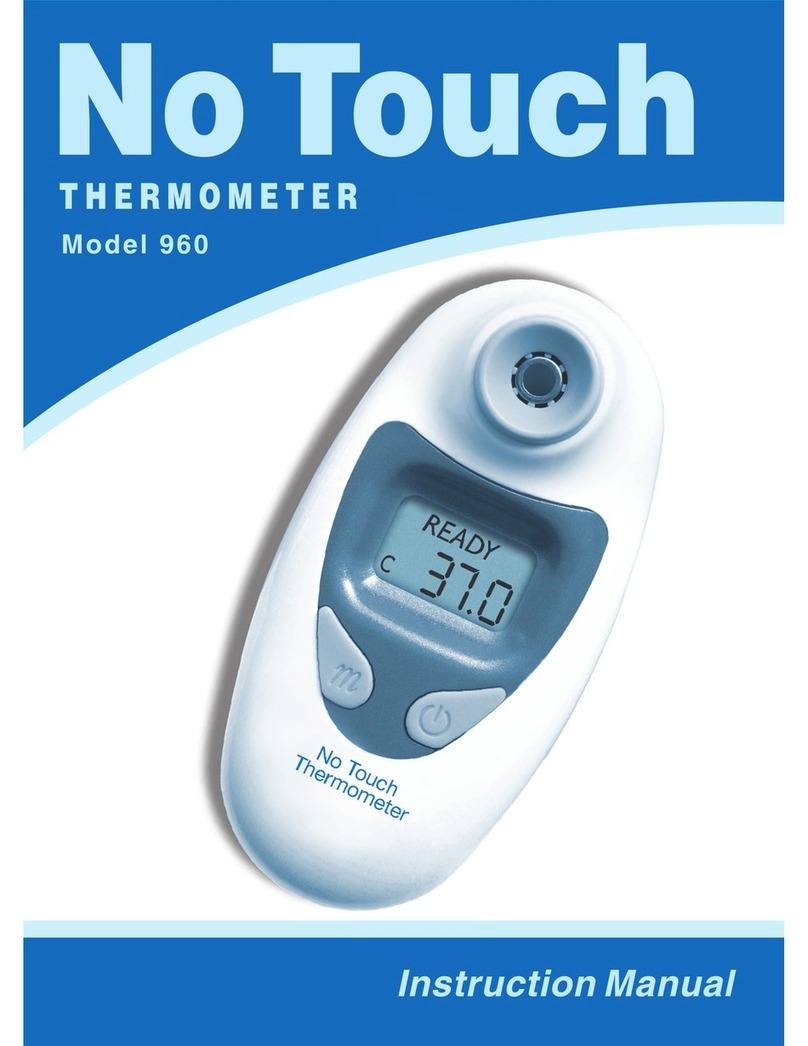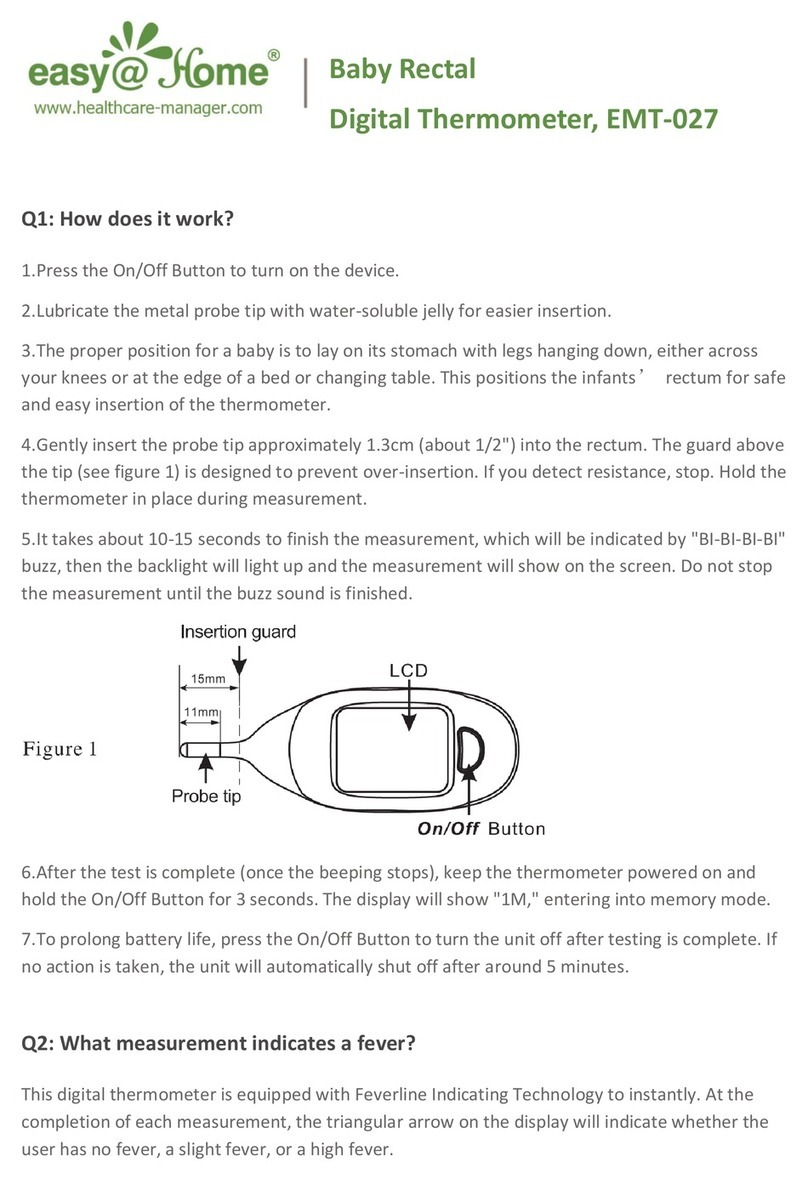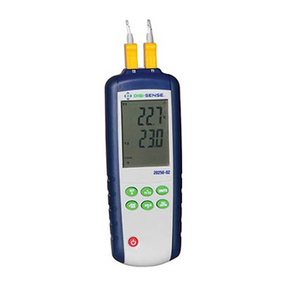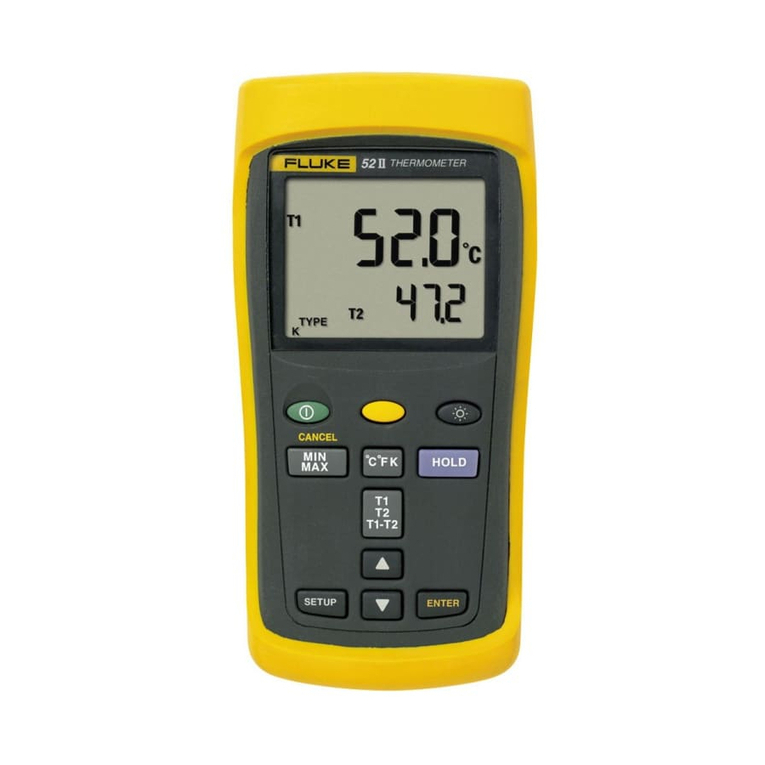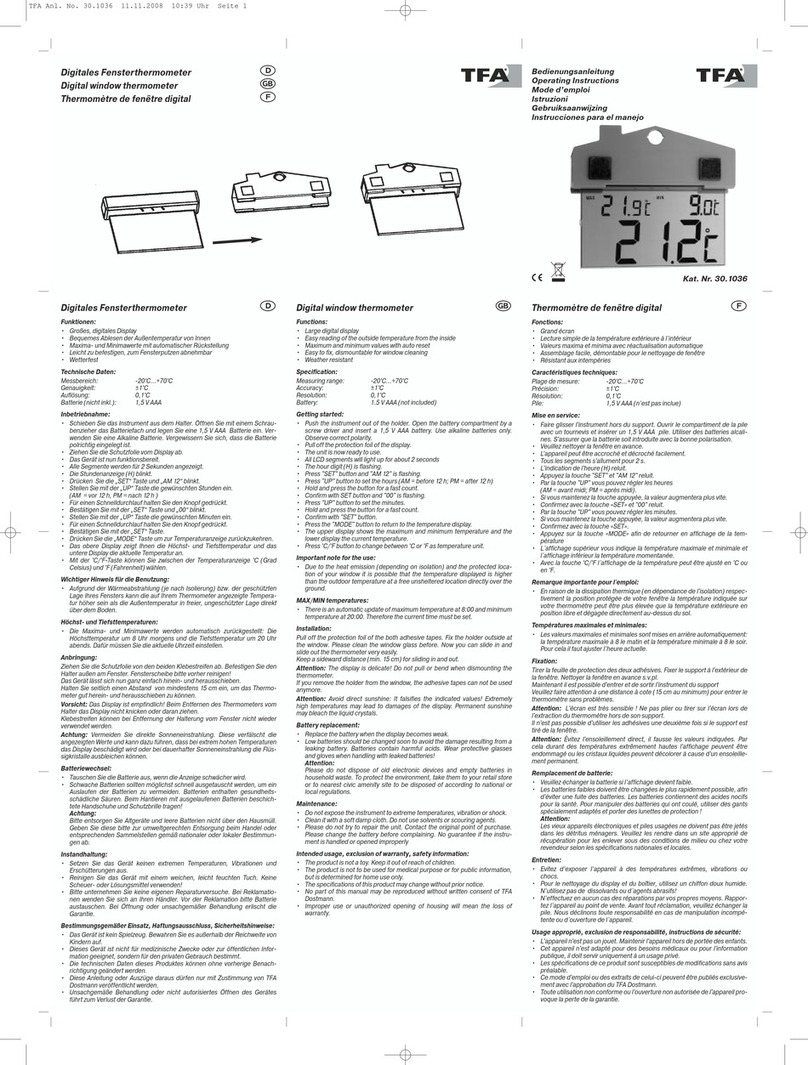
20
Forgotten Physiology
Your Temperature
Normal Temperature
Normal human temperature is
around 98.6 degrees. But did
you know that only 8% of the
people in the world have a
normal temperature of exactly
98.6?
A temperature that is normal
for you may even be a whole
degree or so above or below
“normal.” It is good to know
what is normal for you. Try
taking your temperature at
different times, like in the
morning, after a cold shower, or
after a five-mile hike.
Fever
Fever is when your body’s
temperature control is set
above normal. Fever is a sign
that your body is fighting off
an infection. It is thought that
fever does two things. When
Hot Blood or Cold Blood?
A frog in a 70 degree pond is a
70 degree frog. A frog in a 40
degree pond is a 40 degree
frog, and is moving very slowly,
if at all.
A kid in a 70 degree pond is a
98 degree kid. A kid in a 40
degree pond is still a 98 degree
kid, although you can bet he’s
swimming as fast as he can to
get out.
One difference between kids
and frogs is the difference
between warm-blooded and
cold-blooded beings. People
have automatic climate control
inside their bodies. Their
the temperature rises, the
body’s chemical actions speed
up so that damaged tissues can
be repaired more quickly. Also,
virus or bacteria invaders don’t
survive well at high tempera-
tures. Perhaps fever is the
body’s attempt to cook them
into submission.
Chills
You have a high temperature
and cold skin. You are hot
inside, but still you shiver.
Chills are your body’s way of
creating a fever. The muscle
action from shivering produces
heat, which raises your tem-
perature in an effort to fight
off infection. When the crisis
is over, your temperature is set
back to normal, the skin warms,
and you sweat.
bodies keep them at an even
temperature by carefully
controlling the rate of burning
in their cells.
Cold blooded creatures have no
internal temperature control.
Their rate of metabolism is
determined by their environ-
ment. When the outside
temperature drops way down, all
their body processes slow way
down.
Humans and all mammals are
souped-up hot-blooded beings.
Their metabolisms are speedy,
but are kept at an even keel.
So no matter what the tem-
perature is outside, the climate
on the inside is ever warm and
ready for action.1
1Exerpts from Blood and Guts: A Working Guide to Your Own Insides, Allison L, Katz D. , Little, Brown and Company, Boston, New York, Toronto, London
112º-114º
Cells begin tCells begin t
Cells begin tCells begin t
Cells begin to bo b
o bo b
o burur
urur
urn upn up
n upn up
n up
103º-104º
HH
HH
Harar
arar
ard exerd exer
d exerd exer
d exercisecise
cisecise
cise
98º-100º
”NN
NN
Noo
oo
orr
rr
rmalmal
malmal
mal”
101º
ExcitExcit
ExcitExcit
Excitementement
ementement
ement
SS
SS
Soo
oo
omeme
meme
me
activactiv
activactiv
active kidse kids
e kidse kids
e kids
106º
DD
DD
Dangeranger
angeranger
angeroo
oo
ous fus f
us fus f
us fevev
evev
everer
erer
er
96º-97º
CoCo
CoCo
Cold weather old weather o
ld weather old weather o
ld weather orr
rr
r
EarEar
EarEar
Early moly mo
ly moly mo
ly morr
rr
rningning
ningning
ning
86º
LL
LL
Loo
oo
ower limit of swer limit of s
wer limit of swer limit of s
wer limit of survivurviv
urvivurviv
urvivalal
alal
al
Frogs are cold blooded,
meaning that their
temperature changes
depending on
where
they
are.
























